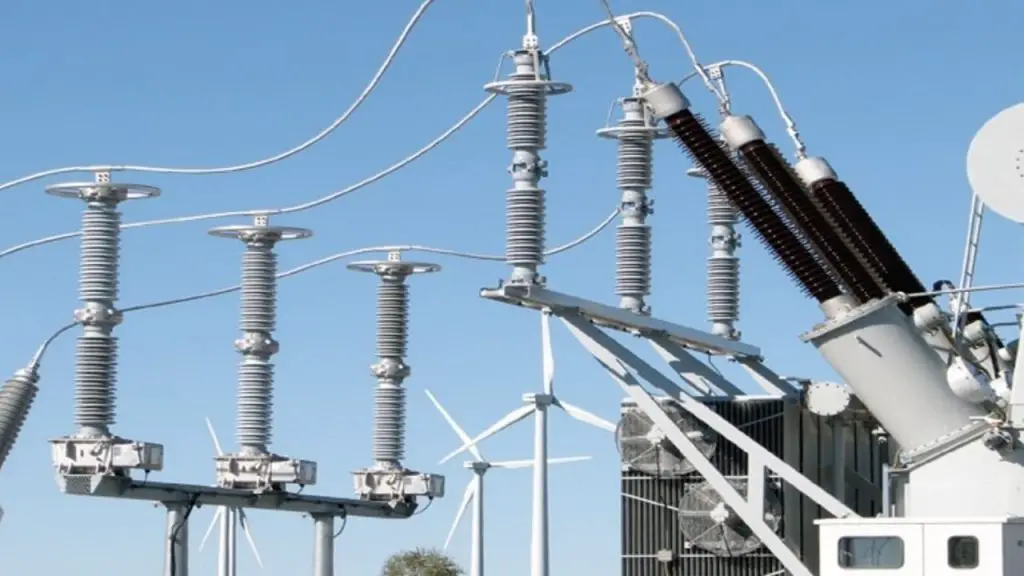When we hear about lightning, the first thing that comes to our minds is “dangerous”. It is surprising how lightning can be so threatening. But this natural phenomenon is not something to be afraid of. A lightning arrester is an important device used to protect electrical equipment from lightning or direct-strike lightning.
Lightning arrester protects sensitive electronic equipment such as telecommunication towers, radio stations, and substations from the high voltage surges created by lightning strikes on their surroundings. This blog post explains everything you need to know about lightning protection.
What is Lightning Arrester?

A lightning arrester is a device used to protect electrical equipment, such as substations, towers, and houses, from the high voltage surges created by a lightning strike. There are two types of lightning protection devices – surge arresters and surge protectors. A surge arrester is a device that protects against high voltages, whereas a surge protector is used for low-level voltages.
The lightning arresters are connected to the ground via a rod or a wire. They sense the high-voltage surge from a nearby lightning strike and divert it to the ground, thus protecting the equipment from being damaged. These devices are placed near electronic equipment to prevent expensive damage from lightning strikes.
Types of lightning protection
Two types of lightning protection devices are surge arresters and surge protectors. A surge arrester is a device that protects against high voltages while a surge protector is a device used for low-level voltages. Arrestor systems offer several advantages over surge protectors, including the ability to divert large voltage surges away from the equipment, and an instantaneous transfer of energy to the ground wire.
- Surge Arresters: Arresters are used to protect electrical equipment from high voltages. These devices, which are similar to surge protectors, are placed near high-voltage equipment such as transformers and power lines. A metal rod or wire connects the arrester to the ground. When there is a lightning strike or other sudden surge of electricity, the arrester diverts the surge to the ground, thus protecting the equipment.
- Point-of-entry arresters: Point-of-entry arresters are installed at the service panel before power enters the building. They are designed to protect the entire panel, including the circuits and electrical devices in the surrounding area.
- Point-of-lightning arresters: Point-of-lightning arresters are installed at the service panel and on any nearby circuits that are likely to be hit by lightning. They are designed to protect specific circuits.
- Combination arresters: Combination arresters are installed at the service panel, and are designed to protect the entire panel, including the circuits and electrical devices in the surrounding area.
- Surge Protectors: Surge protectors are used for low-level voltages to protect sensitive electronic equipment, such as telecommunication towers, radio stations, and substations. These devices are connected to the equipment. When a nearby lightning strike creates a high-voltage surge, it gets diverted to the ground via the protector. Thus, the low-level voltage doesn’t reach the equipment.
Why are Lightning Arresters Important?
Lightning arresters protect electrical equipment from high voltages created by a lightning strike nearby. A surge arrester is a device used to protect against high voltages and a surge protector is used for low-level voltages. Electrical equipment such as high-voltage transformers, power lines, and towers are usually protected with surge arresters.
As mentioned above, there are two types of lightning protection devices – surge arresters and surge protectors. The former is used to protect against high voltages and the latter is used for low-level voltages. Surge arresters divert the high voltages created by a lightning strike to the ground, thus protecting the equipment.
Surge protectors divert the low voltages created by a nearby lightning strike to the ground, thus protecting the equipment from low voltages. Surge arresters and surge protectors are important devices because they prevent expensive damage to electrical equipment caused by lightning strikes. They are also used to protect telecommunication towers and radio stations.
How Does a Lightning Arrester Work?
When a lightning strike causes a surge of negative voltage in a nearby power line, the voltage travels through the air until it finds a path to the ground. The surge can travel down telephone wires, power lines, and electrical cables connected to your home. When the surge reaches an arrestor, it triggers a controlled electrical discharge that prevents the voltage from reaching sensitive electrical equipment.
The discharge occurs between two metal points, called a spark gap. The voltage from the surge is directed through the ground wire to the earth, preventing damage to your home or business.
Installing a Lightning Arrester
When you choose a lightning protection system for your home or business, look for an NCE (National Electrical Code) listed manufacturer. Choose a system that is appropriate for the application, and install it according to the installation manual. The installation manual will provide specific instructions on how to install the arrestor system and the ideal placement in your home.
Conclusion
Lightning strikes cause serious damage to homes and commercial buildings every year. The cost of lightning protection systems may seem high, but the price of repairing or replacing damaged property after a strike is much higher. Lightning arrester systems protect electrical equipment from lightning strikes by triggering an electrical discharge that prevents voltage surges from damaging sensitive components.
Arrester system components include an incoming surge arrestor, a spark gap device, a discharge terminal, and a ground wire. When lightning strikes nearby, the electrical field causes current to arc between two metal points (spark gap). The resulting surge is directed to the ground wire through an arrester.
Additional Contents

